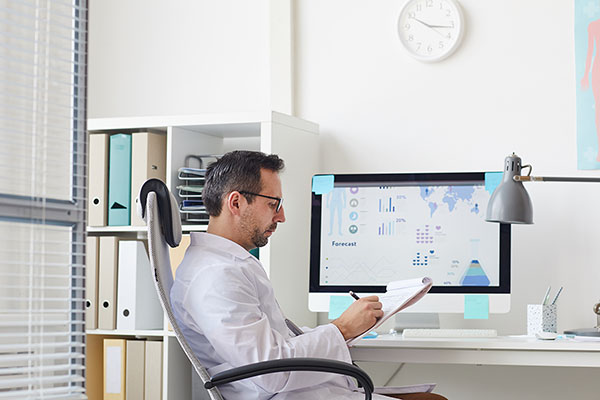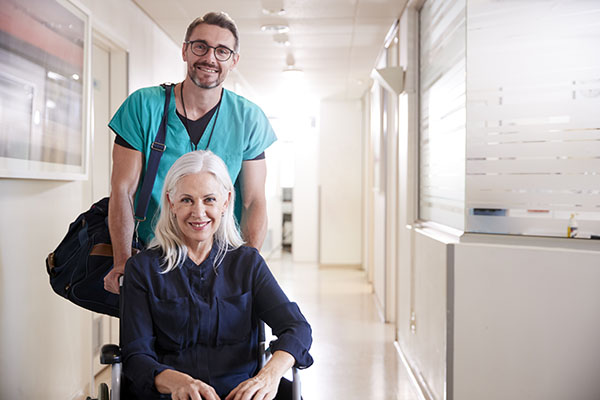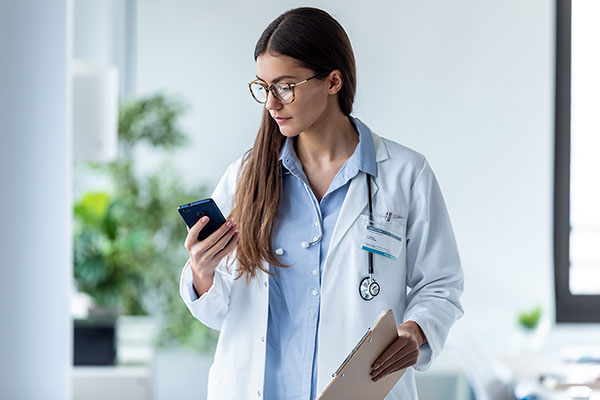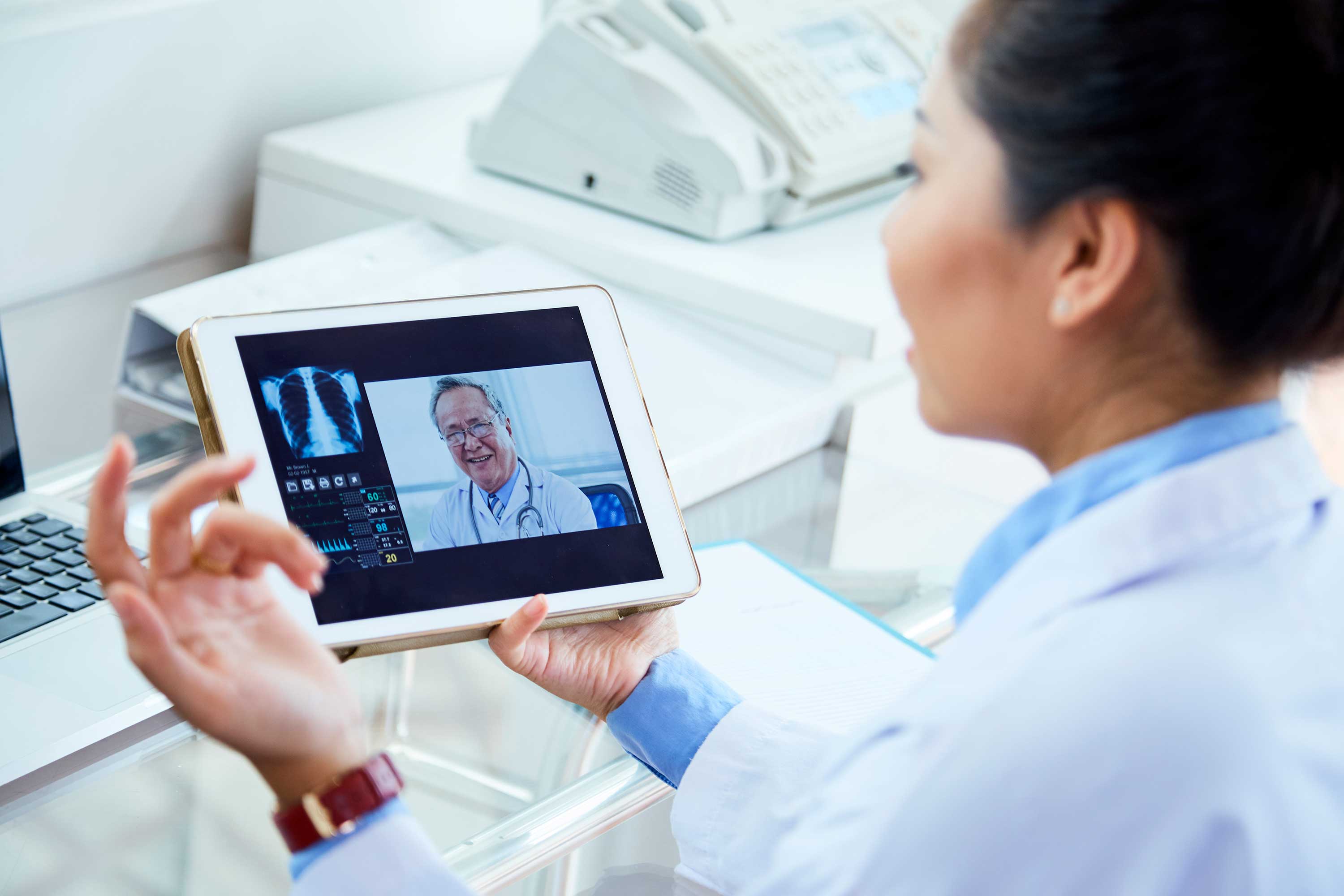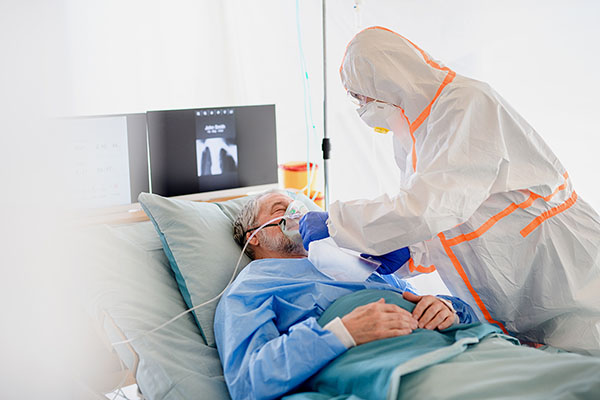
Pandemic Solutions
Doctor, Nurse, Staff Safety, Supply Cost Reduction
The Challenge
Hospitals and assisted-living facilities find themselves in the midst of a pandemic, attempting to care for isolated patients without unduly exposing their staff to infection or virus, and without running up exorbitant cost in medical supplies.
Benefits of Solving
Solving this challenge will benefit the hospital in the following ways:
checkEliminate the number of direct contacts staff have with infected patients, thus reducing exposure and reducing likelihood of staff contracting a disease (staff safety)
checkReduced exposure means less staff absences (patient care)
checkStaff can operate more efficiently – ‘checking in’ on patients without requiring the time it takes to wear protective covering; therefore more patients can be cared for by fewer staff (staff headcount savings)
checkStaff can operate more cost-effectively – ‘checking in’ on patients without wasting protective coverings; therefore, more patient can be cared for using less supply resources (cost savings)
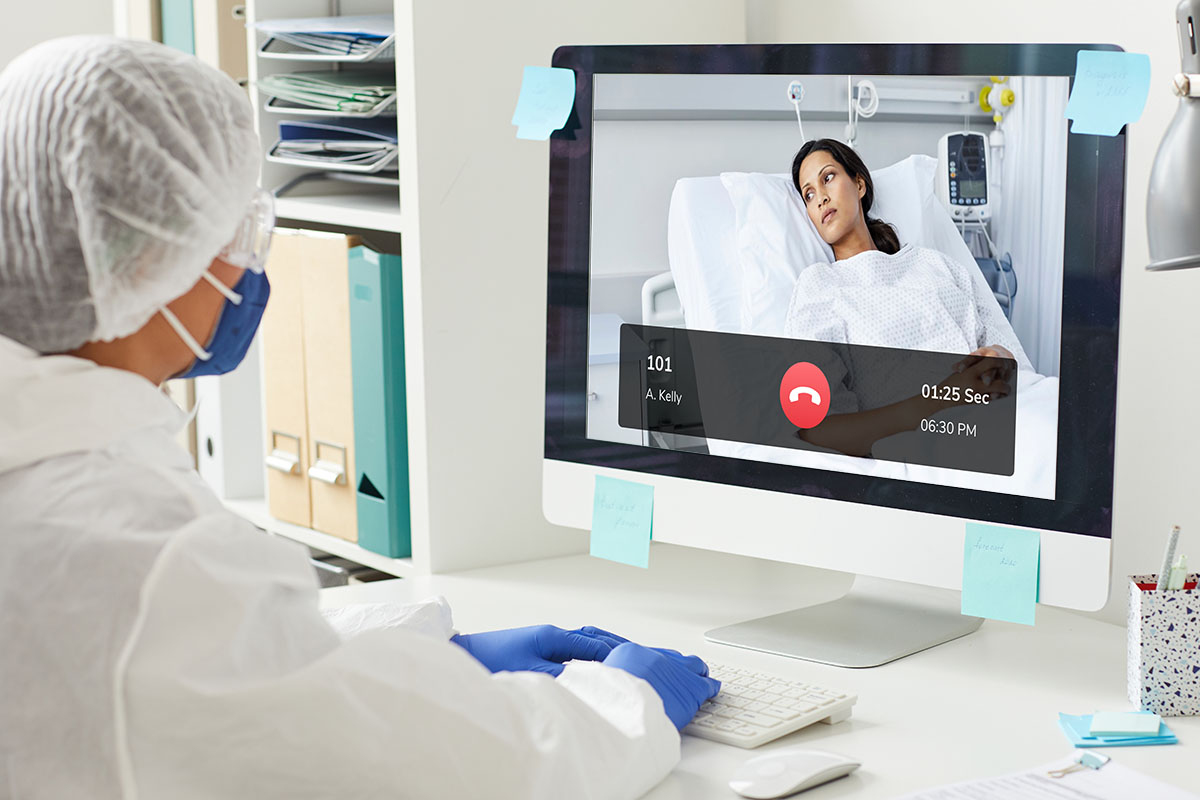
Solution
Using the Quicklert QBOX ConnectView solution, hospitals and assisted-living facilities can now equip their staff with a powerful tool that can be used any time – during normal patient care as well as during pandemics where isolation is required.
The ConnectView solution consists of:
checkA back-end enterprise software for patient and content management
checkA front-end software user experience for nurses that runs on any Windows/MAC computer
checkAn optional 15” tablet in the hands of mobile nurses/staff (or in a mobile cart) with the software user experience for nurses
checkA 15” hardened tablet at the patient bedside with a simplified two-button patient experience
From a centralized nurse station – or a mobile cart – nurses can monitor patients, speak with patients, video with patients, and message patients. Each of these functions are initiated with a single touch of a button.
Monitoring is one-way, and allows nurses to see and hear what is going on in the patient room without disturbing the patient.
Messaging allows nurses to send messages (doctor rounding schedule, patient medications, etc.) to a single patient or a group of patients
Video calling allows nurses to establish a two-way video connection with the patient, allowing for safe face-to-face conversations.
From their bedside, patients can call for help (from hospital staff) by touching one button on a QBOX ConnecTab, or call loved ones back home by touching another button. Those loved ones back home do not need to install any special software to complete the video call. They will receive a text message or an email message with an icon to click, which will connect them with the patient in a video call.
Quicklert Solutions for the Healthcare Industry
Enhancing Information Dissemination with Audible and Visual Messaging and Alerts
